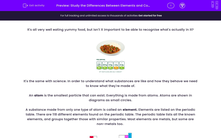It's all very well eating yummy food, but isn't it important to be able to recognise what's actually in it?
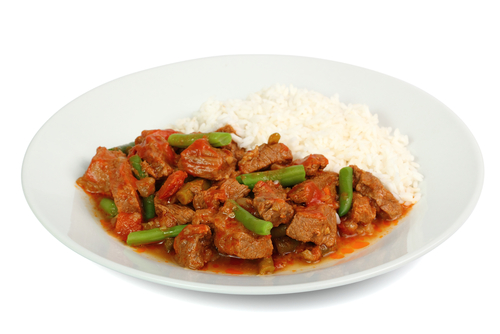
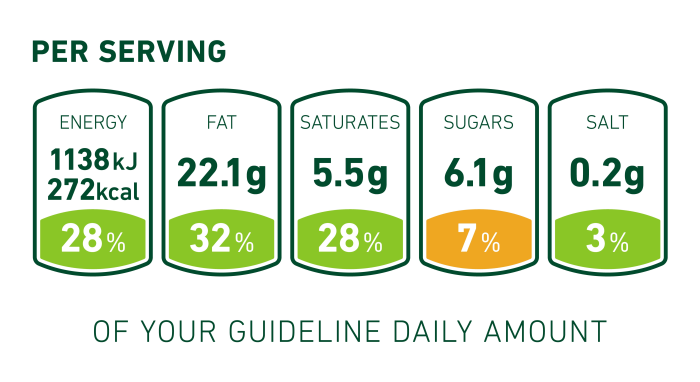
It's the same with science. In order to understand what substances are like and how they behave we need to know what they're made of.
An atom is the smallest particle that can exist. Everything is made from atoms. Atoms are shown in diagrams as small circles.
A substance made from only one type of atom is called an element. Elements are listed on the periodic table. There are 118 different elements found on the periodic table. The periodic table lists all the known elements, and groups together those with similar properties. Most elements are metals, but some are non-metals too.
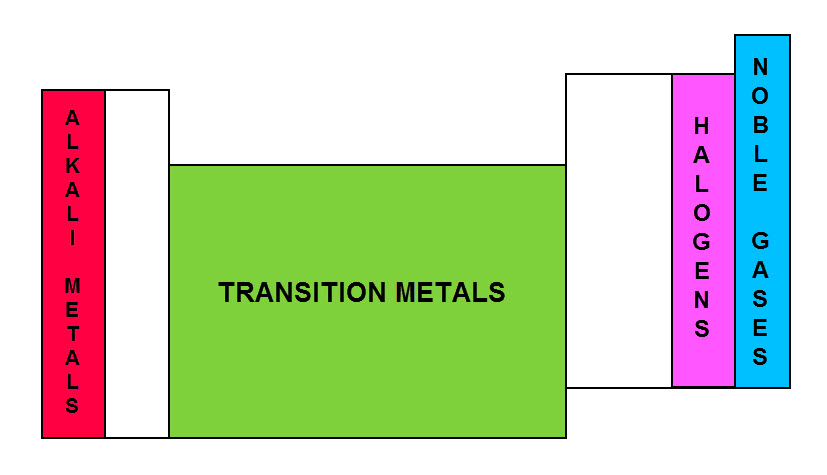
Some elements exist on their own, like neon, or go round in pairs like oxygen and hydrogen - we call these molecules.
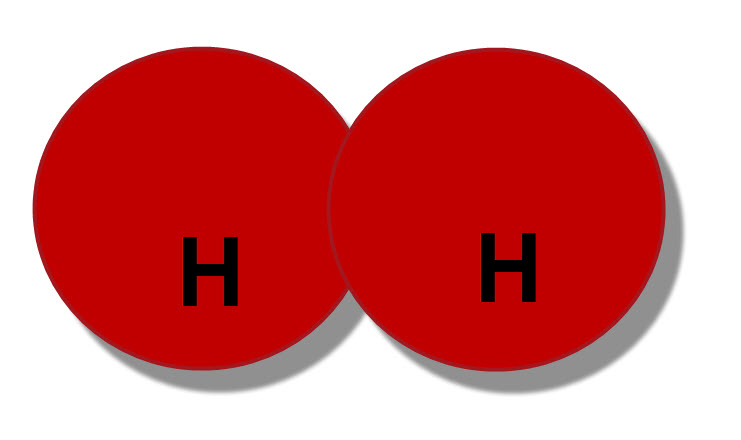
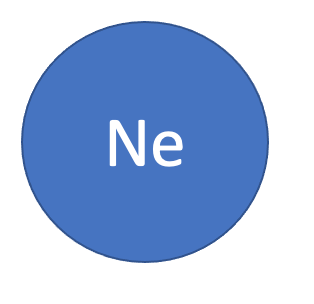
A compound is a substance that is made from more than one type of atom - it is made from two or more different elements chemically bonded together. Some examples of compounds are water, nitrogen monoxide and carbon dioxide. In a picture, we can tell it's a compound as there are at least two different types of atom joined together (two different colours). Fact! Compounds are referred to as molecules too.
.png)
Naming compounds
We can often tell what elements are in a compound by looking at its name. The compound above is called nitrogen monoxide. What elements are in that? Well nitrogen and also oxygen - any compound ending in 'oxide' means it contains oxygen.
Some other compounds end in '-ide'. For example copper and chlorine will combine to make copper chloride - notice chlorine gets changed to chloride. Copper and sulfur combine to make copper sulfide.
Think you can recognise pictures and models of different elements and compounds? How about working out the elements in a compound from its name? Let's have a go......

